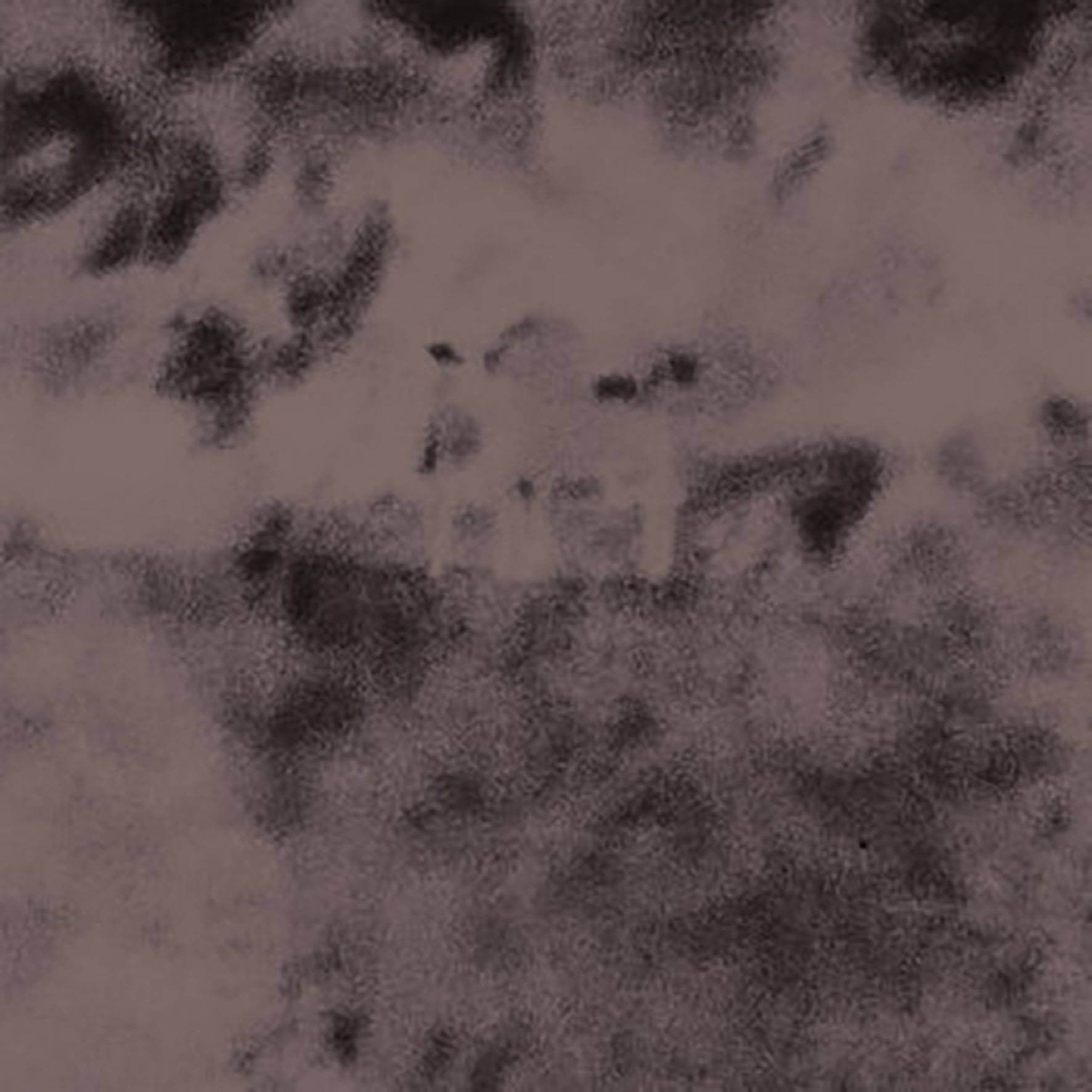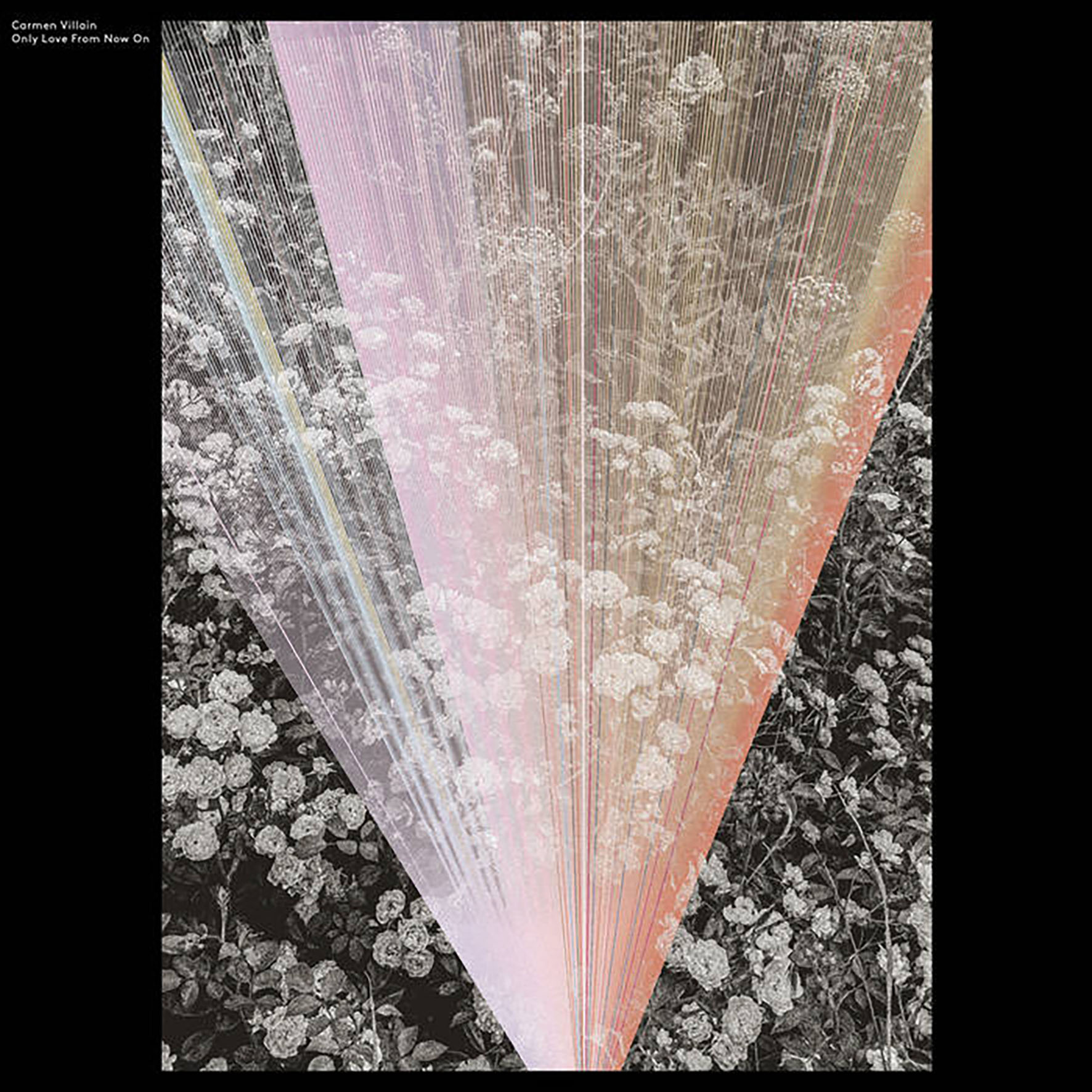
This latest release from "US-born, Norwegian-Mexican artist and producer" Carmen Hillestad finds her back on her usual label (Smalltown Supersound), but it otherwise feels like the logical successor to last year's oft-excellent Perlita. That is great news for me, I had been hoping that Perlita would not be a one-off departure for this shapeshifting project. That said, this project had already begun moving away from rock with the "cosmic excursions and dubby ambient-jams" of 2019's Both Lines Will Be Blue, so maybe Hillestad is stylistically here to stay for a while (I hope so, at least). She is nevertheless still a creatively restless artist, however, as this album reveals yet another significant evolution for Carmen Villain's arty, instrumental side: Only Love From Now On feels quite a bit more "Fourth World" indebted than previous releases and that transformation suits the project beautifully. Notably, flautist Johanna Scheie Orellana makes a welcome return after being featured on Perlita's brilliant "Agua Azul" and trumpeter Arve Henriksen now joins the party as well (for one song, anyway). Those more collaborative pieces tend to be the strongest ones, as the presence of a melodic hook almost always deepens the impression left by Carmen Villain's already-wonderful ambient/dub/exotica concoctions.
Smalltown Supersound
According to Hillestad, this album is "fueled by the sense of scale in feeling small in the face of things so large" and the "contemplation of how the biggest impact we can have is in the people close to us." Both are certainly themes that resonate with many these days, but they manifest themselves in fairly abstract ways here, as my main impression is that Only Love From Now On feels intimate and inward-looking, resembling a hypnagogic strain of exotica intended for the tropical grotto of the mind. Sometimes, anyway. Other times, it calls to mind a kosmiche twist on Terry Riley-style minimalism ("Silueta") or a dubby, hiss-soaked collision of loscil and Huerco S. (lead single "Subtle Bodies," which was coincidentally remixed by the latter for the B-side). Unsurprisingly, that single is one of the album strongest songs even if it might err on the side of being slightly too understated (the squelchy beat, water sounds, and breeze-like washes of hiss call to mind a killer rave at a frog pond whose denizens are very concerned about not bothering their neighbors). As delightful as that sounds, there are some other cool touches as well (dubby percussion effects, an actual bass line, buried vocals, etc.).
The album's other top-tier highlight is the closing "Portals," which elegantly combines a hollow and haunting melodic loop with watery exotica touches and bleary melodies that enigmatically drift in and out like ghosts. I quite like the four remaining pieces as well though (even when they delve into stylistic terrain I usually avoid). The title piece is the biggest would-be offender in that regard, as it resembles a smoky, neon-lit jazz-style flute solo in a billowing ambient dreamscape, but the backdrop is nicely frayed and hissing and I dig the stammering chords that emerge near the end. Elsewhere, the opening Henriksen collaboration sounds like a lost '80s classic of Fourth World-inspired desert psychedelia. A persuasive person could have easily convinced me that it was from an imaginary Jon Hassell album and I would probably would have driven myself mad trying to track down that non-existent opus afterward, which I consider a fine compliment (I half expected to see Holger Czukay or Jah Wobble turn up in the credits). Hillestad goes it alone for "Future Memory" (tropical Twin Peaks spin-off meets kosmische synth act) and "Liminal Space" (stammering, deconstructed house music over a panning, uneven rhythm of clacking pool ball-like sounds) with similarly fine results. In fact, there is not a single uninspired piece to be found on this album—just varying degrees of understatedness. There are probably a few small things that could have been changed to give this album more immediate and broad appeal, however, as this album occupies a blurry nexus where songcraft, dub techno, and psych-damaged moonlit palm tree ambiance overlap precariously. Fortunately, none of the inherent compromises involved in realizing such a vision bother me at all, as I love said vision and Hillestad's nuanced execution is extremely impressive. There are definitely a handful of pieces that will immediately connect with more casual listeners (the songs with more pronounced melodies or grooves, unsurprisingly), but this is one of those albums that seems to get better and better the deeper I listen to it.
Samples can be found here.
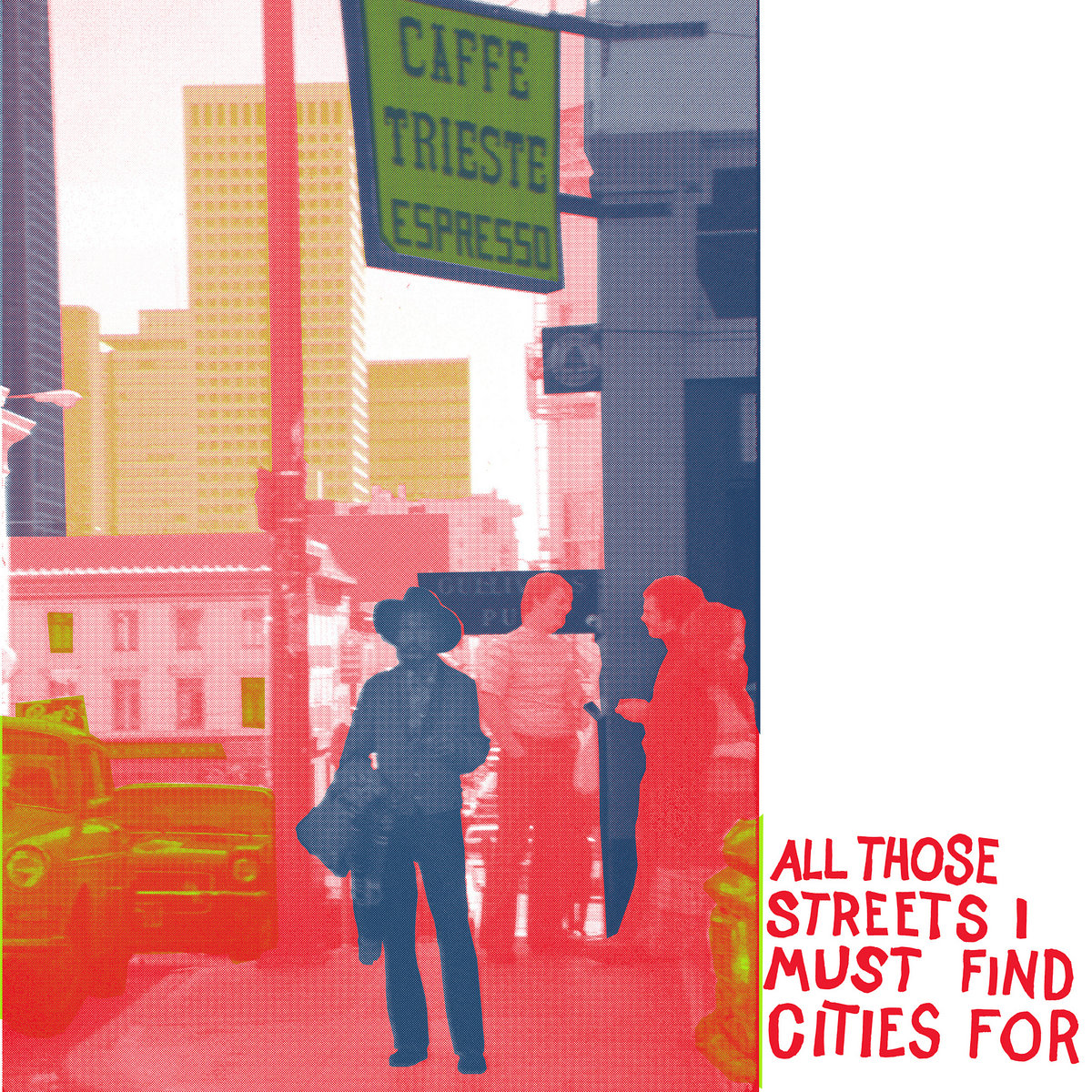 Originally a musical radio play, these twelve tracks excavate and spotlight the life and work of original Beat poet Bob Kaufman; and with Kaufman the life and the work are genuinely inseparable. A mentor to Kerouac, and dubbed the Black American Rimbaud, Kaufman endured savage SFPD brutality, electroshock treatment, and incarceration, before his young and obscure death in abject poverty. Kaufman had purposefully stilled his own voice with a vow of silence stretching from the JFK assassination until the end of the Vietnam War, yet here it still resounds with the speed and spirit of surrealist jazz, forever “lost in a dream world, where time is told with a beat.”
Originally a musical radio play, these twelve tracks excavate and spotlight the life and work of original Beat poet Bob Kaufman; and with Kaufman the life and the work are genuinely inseparable. A mentor to Kerouac, and dubbed the Black American Rimbaud, Kaufman endured savage SFPD brutality, electroshock treatment, and incarceration, before his young and obscure death in abject poverty. Kaufman had purposefully stilled his own voice with a vow of silence stretching from the JFK assassination until the end of the Vietnam War, yet here it still resounds with the speed and spirit of surrealist jazz, forever “lost in a dream world, where time is told with a beat.”

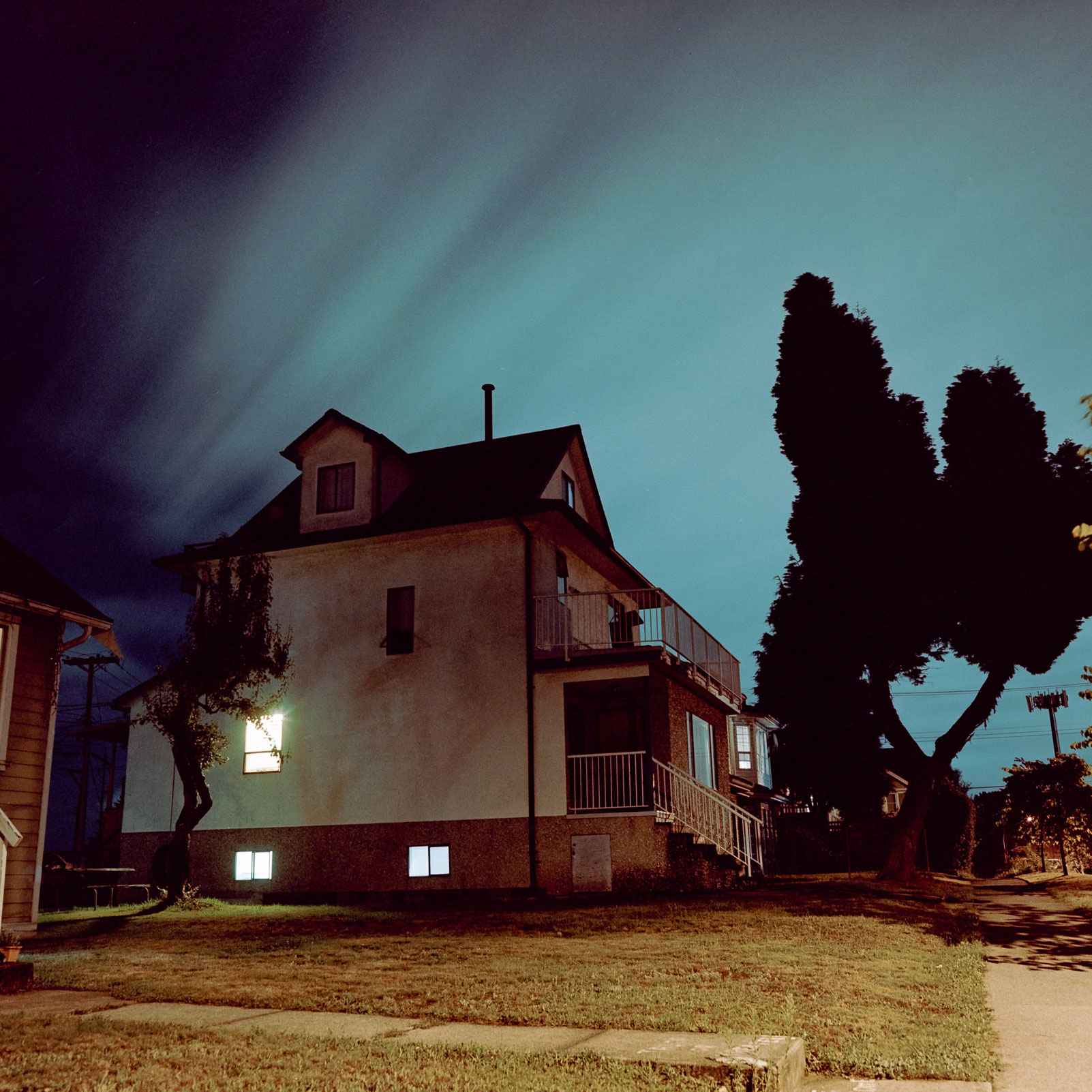
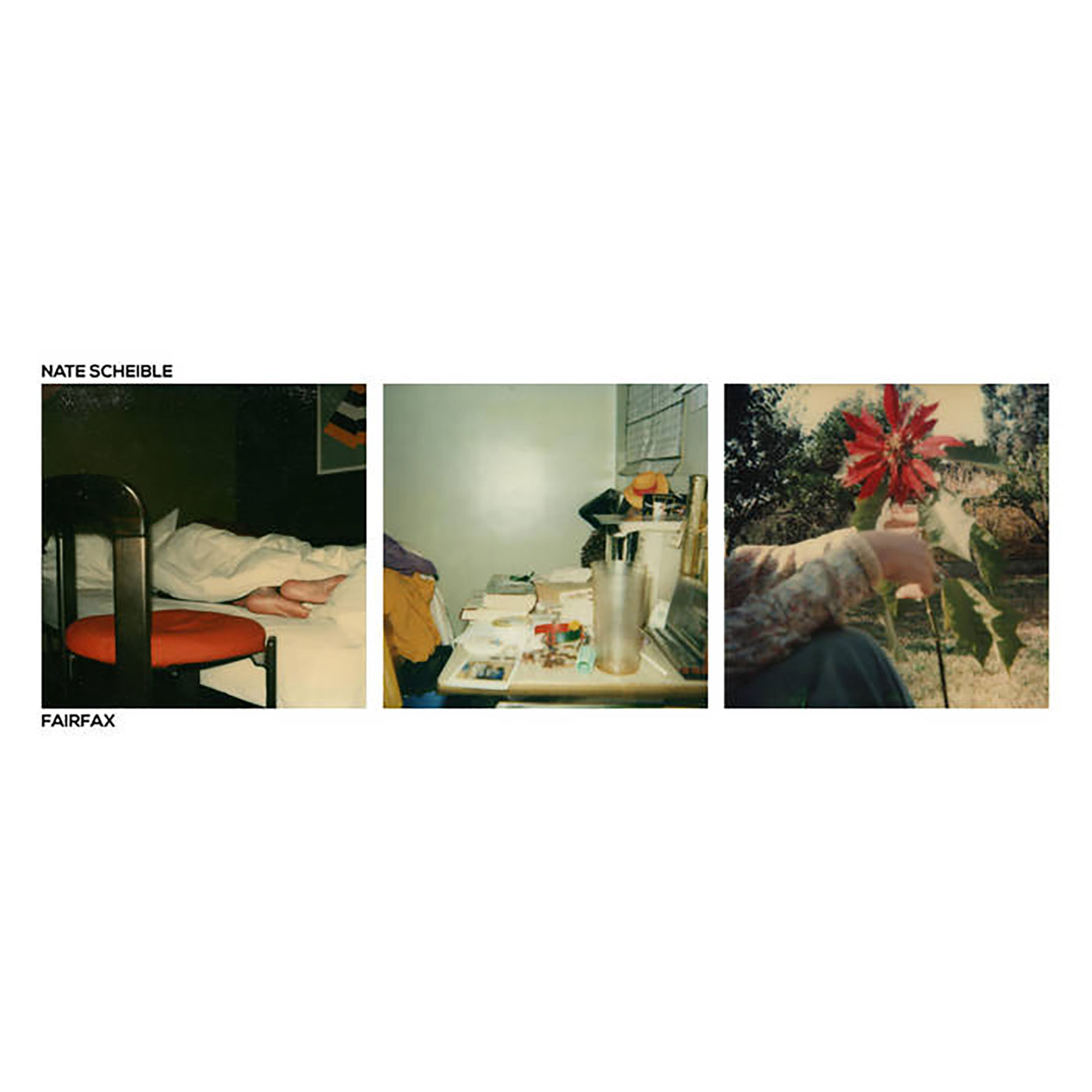
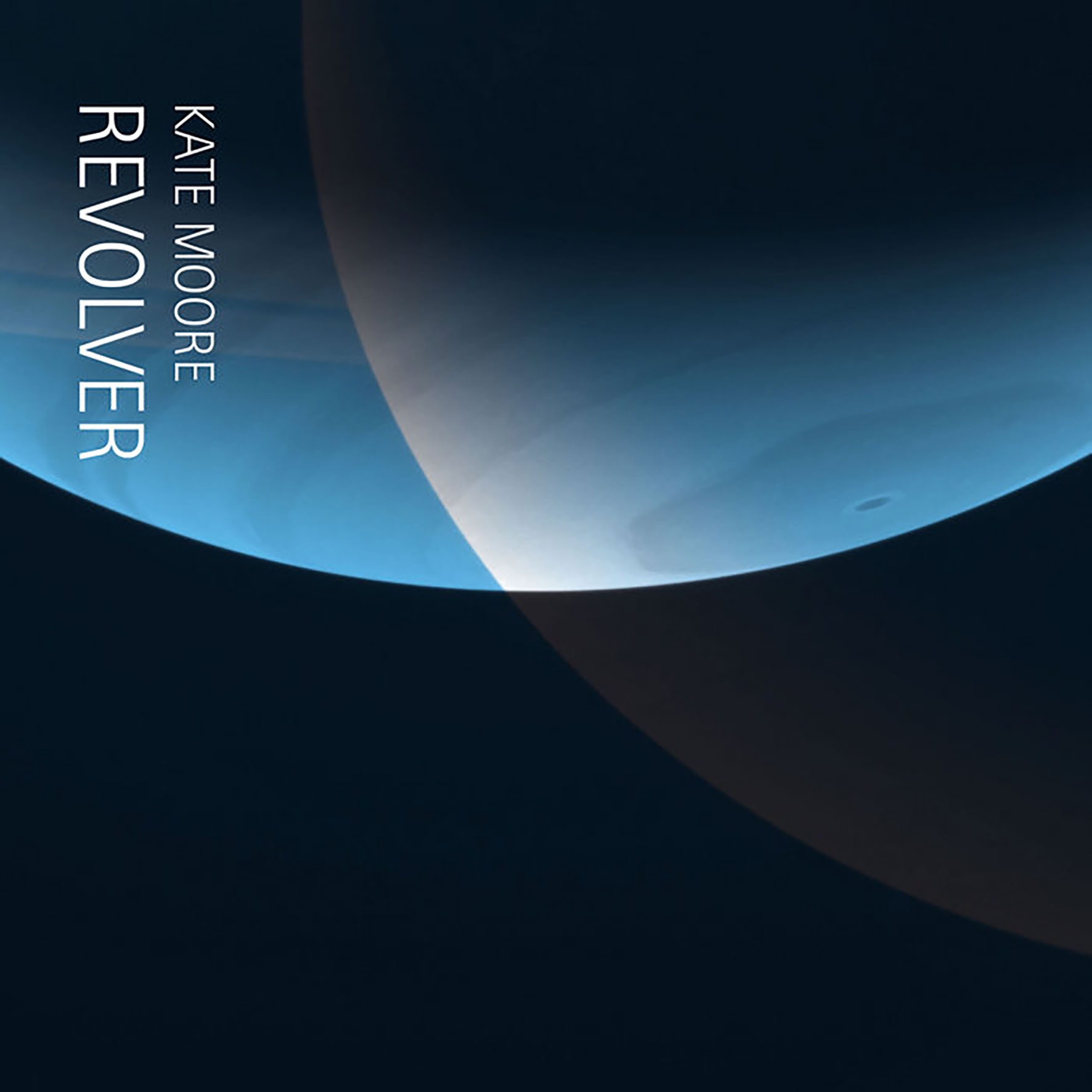


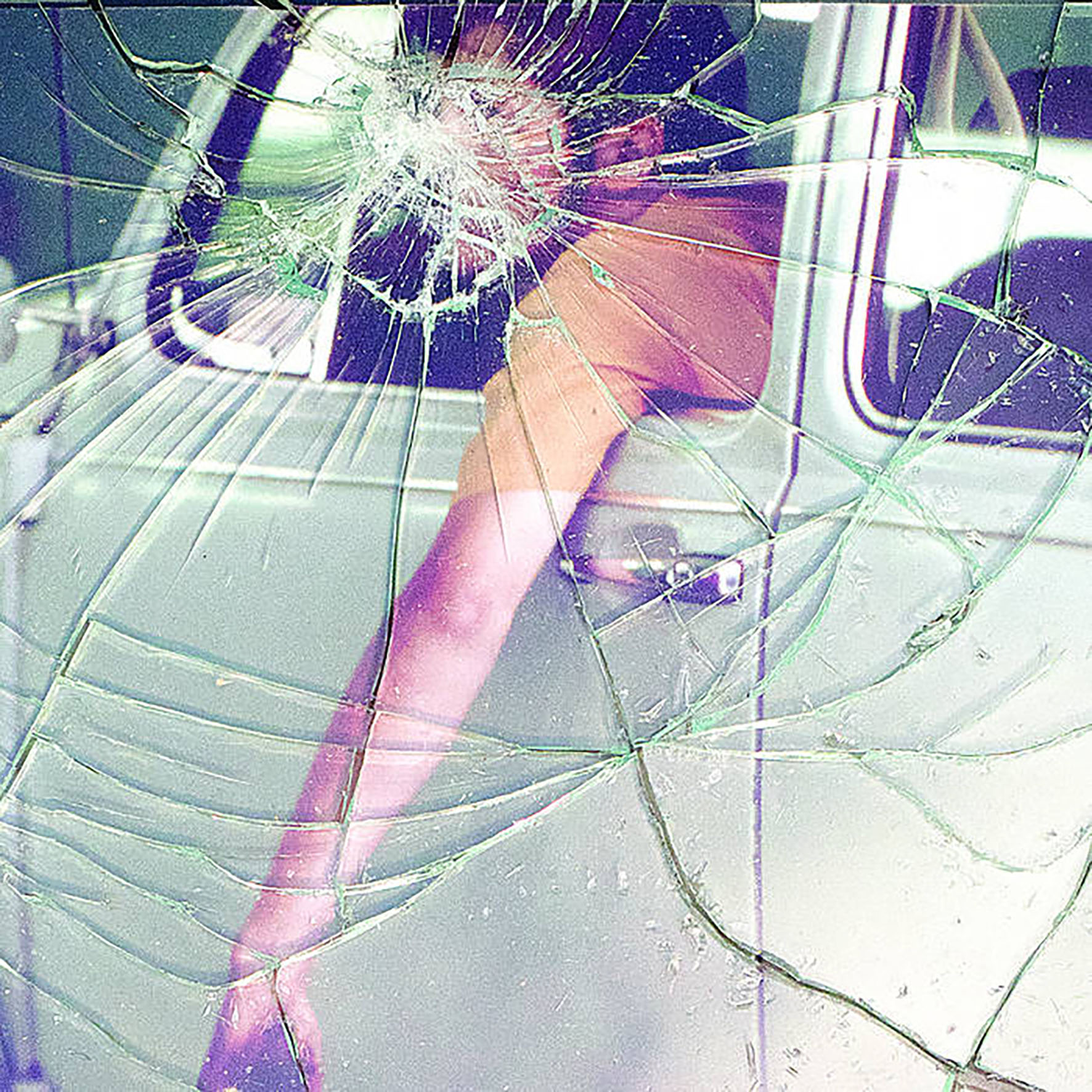
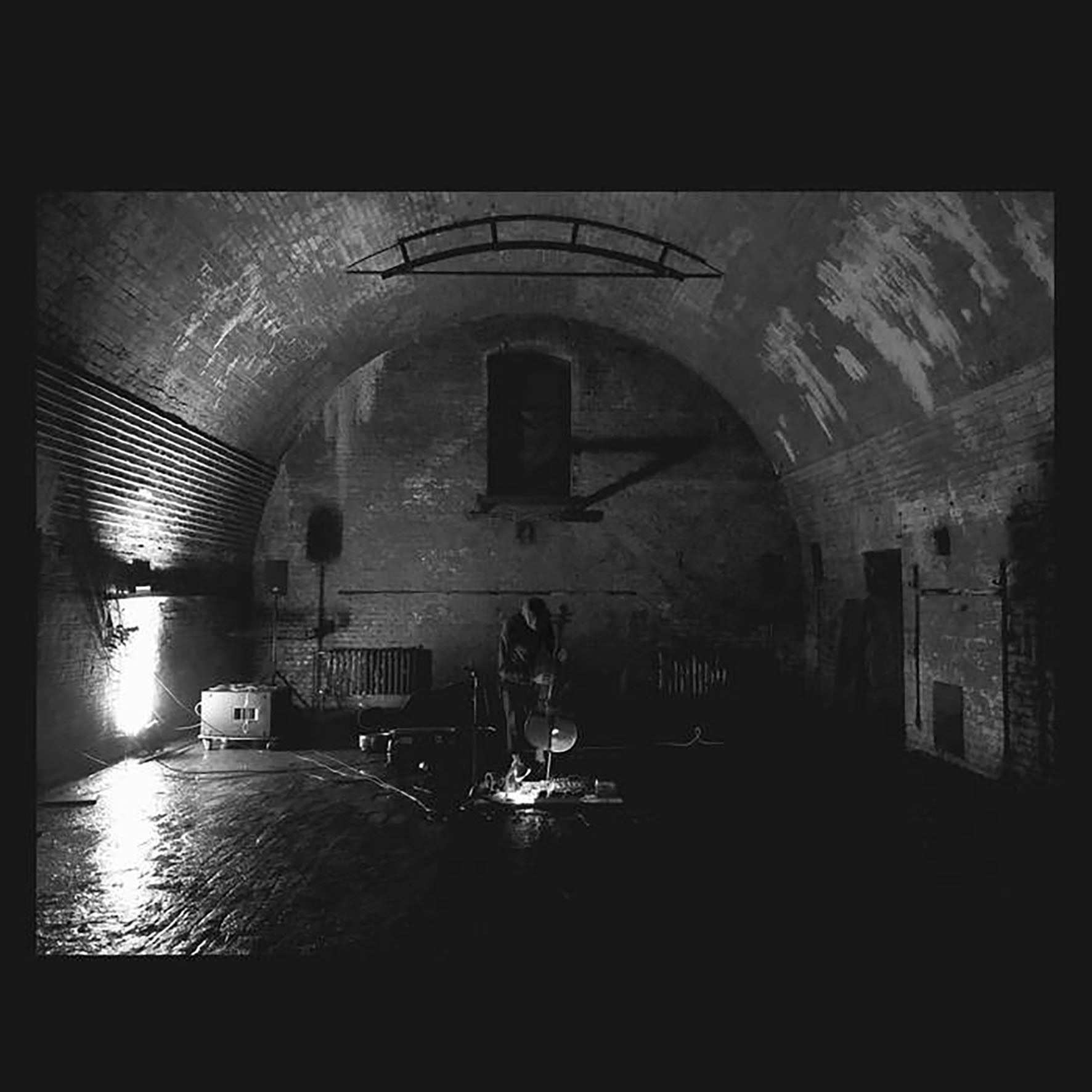 This latest release from Erik K. Skodvin's long-running solo project is billed as "zen music for disturbed souls."
This latest release from Erik K. Skodvin's long-running solo project is billed as "zen music for disturbed souls."
